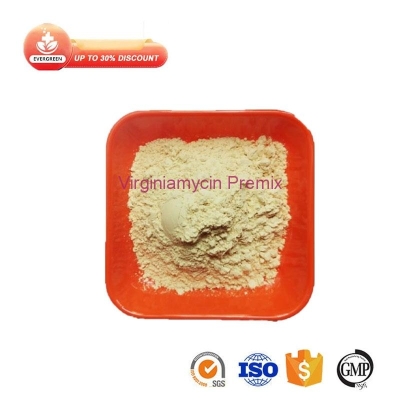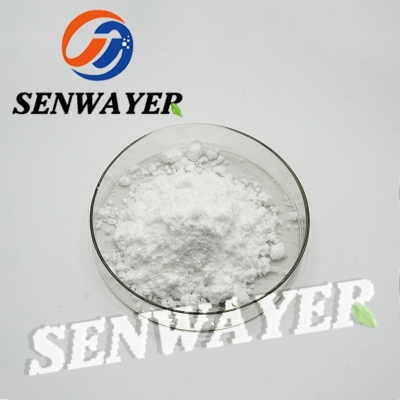Analysis of market trend of Jinsui soybean in Luneng
-
Last Update: 2008-11-03
-
Source: Internet
-
Author: User
Search more information of high quality chemicals, good prices and reliable suppliers, visit
www.echemi.com
Introduction: the high price of CBOT soybeans in the early stage, coupled with the strong ocean shipping rate in Asia, has made the cost price of imported soybeans purchased and arrived in Hong Kong in recent months rise to a certain extent; at the same time, the continuous fall of international crude oil price has made the rise of shipping costs appear to be insufficient Coincidentally, according to the latest news, Asian shipping rates began to fall on December 9, which will have a certain impact on the cost range of China's long-term purchase of imported soybeans Now, the specific analysis is as follows: 1 Recently, international shipping fees began to fall sharply after surging: Since November, the U.S crude oil price has fallen under the influence of factors such as the oversupply of oil in the world At present, the price of NYMEX spot crude oil contract in January is $42.15 per barrel, which is 24.29% lower than the record high of $55.67 per barrel reached at the end of October This will have a significant impact on reducing domestic soybean import transport costs in the first half of next year However, according to the latest news, influenced by the successive drop in freight rates of the Cape of good hope ship, the freight rates of Meiwan to China have dropped to around 65-66 US dollars / ton, a drop of 13.3%, and the quotations of some shipping companies have been lower than 65 US dollars / ton Because the price of CBOT soybean has been in a weak oscillation recently, the oil plants are more concerned about the international shipping cost At the same time, the price of Brazil's soybeans in the far month still has a considerable advantage Under the condition of similar freight, the price of Brazil's port premium in February and March next year is only 27.2 cents / bushel and 17.5 cents / bushel, respectively, which is far lower than the price of Meiwan soybeans premium in January next year (72 cents / bushel) Therefore, while the shipping freight is falling, China will buy Home may increase the interest in long-term South American soybean procurement, which is worthy of attention 2 The number of soybean imports to Hong Kong in recent months will still be higher than expected: It is estimated that from November this year to January next year, the number of domestic soybean arrivals will still be relatively large, among which the number of domestic soybean arrivals in November is more than 2.5 million tons, and the number of domestic soybean arrivals in December is expected to reach 2.5 million tons, while the total number of imported soybean arrivals in January next year will be enlarged to 180-200 due to the impact of the fall of international ocean shipping rates Ten thousand tons As a whole, the domestic soybean market will be very abundant before the South American soybean will be listed next year However, according to the export sales report of the U.S Department of agriculture, the number of American beans shipped to China in the past week began to decrease significantly As of the week of December 2, the U.S shipment to China was 276400 tons, lower than 516400 tons last week, which is the second consecutive week that the shipment to China decreased Low; however, it is expected that this situation will be broken soon with the decrease of ship freight Three, soybean meal market is facing a low consumption period in the spring, and soybean demand is facing new challenges At present, the market is generally bearish on the spot price of domestic soybean meal in the later period Therefore, with the continuous decline of domestic soybean meal price, the crushing profit of oil plants will inevitably face a substantial reduction Next spring, China's domestic breeding industry will enter a low consumption period, and soybean meal will also usher in a seasonal off-season of sales Therefore, it is difficult for Chinese crushing enterprises to be affected by the previous period The rising cost caused by the rising of time CBOT soybean period price and sea freight is transferred to the breeding industry, so it is expected that the domestic soybean market will encounter the situation of oversupply at that time, so what variables will happen to the purchase of imported soybeans by Chinese buyers is also a focus issue worthy of attention To sum up, we believe that with the recent significant drop in international ocean shipping rates, the long-term purchase cost of imported soybeans by Chinese buyers will face a greater risk of fluctuation, while the domestic demand for soybeans may fall to a low level next spring, so the risk of market price fluctuation will be greater at that time, and the market will be reminded to pay attention to risk prevention At present, Brazil's soybean price in the far month is significantly lower than that in the United States, so there are certain variables in domestic soybean procurement next spring In the later stage, we will continue to pay attention to the trend of international shipping rate, the change of CBOT soybean price and the domestic demand for feed and breeding This week, Dalian soybean appeared horizontal finishing market, short-term trend to be broken With the introduction of yellow soybean No.2 contract, the trend of yellow soybean No.1 contract began to deviate from the influence of CBOT soybean gradually Yellow soybean No.1 contract more reflects the actual supply and demand of domestic soybean In addition, the operation of soybean bottom stock highlights the contradiction between supply and demand in the spot market, which effectively drives the spot monthly contract a501 to a new high in this round of rebound However, on the main contract A505, due to the market effect of long-term bearish, the contradiction between long-term and short-term has obviously escalated It should be said that the short-term rebound of soybean price still hasn't changed the overall downward situation of the general trend, and the future development of the market needs to be further clarified.
This article is an English version of an article which is originally in the Chinese language on echemi.com and is provided for information purposes only.
This website makes no representation or warranty of any kind, either expressed or implied, as to the accuracy, completeness ownership or reliability of
the article or any translations thereof. If you have any concerns or complaints relating to the article, please send an email, providing a detailed
description of the concern or complaint, to
service@echemi.com. A staff member will contact you within 5 working days. Once verified, infringing content
will be removed immediately.







